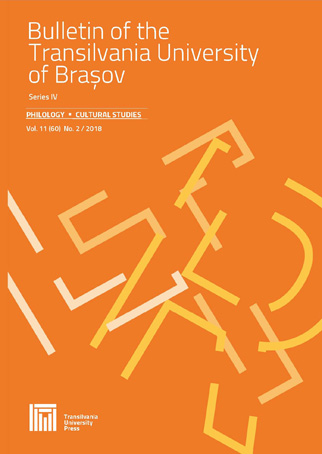Control constructions in British and American English
Control constructions in British and American English
Author(s): Abhinan Wongkittiporn, Nirada ChitrakaraSubject(s): Language studies, Language and Literature Studies
Published by: Editura Universitatii Transilvania din Brasov
Keywords: control constructions; infinitive clauses; syntactic functions; semantic interpretations; markedness; language variation;
Summary/Abstract: This study investigates different forms of control constructions in British and American English to study their occurrence and their involvement with syntactic and semantic interpretations. The data is from the sports column of The Daily Telegraph for British English and USA Today for American English. Previous studies found that the appearances of most control constructions are determined by semantic interpretation and language variation. Most studies, however, focus only on specific verbs, positions, or types of control constructions. This study investigates all instances of control constructions. As expected, to- infinitives appear the most often, followed by -ing, and bare infinitives in both data sets. The higher frequency of bare infinitives in the American data suggested colonial lag. The appearances of -ing and to- infinitives in both data sets result mainly from semantic interpretations concerning temporality and imaginative and factive events. The high frequency of to- infinitives in both data sets is believed to be due to cognitive reasons, namely, markedness, economy principle, and genre specification.
Journal: Bulletin of the Transilvania University of Braşov, Series IV: Philology & Cultural Studies
- Issue Year: 11/2018
- Issue No: 2
- Page Range: 19-48
- Page Count: 30
- Language: English

